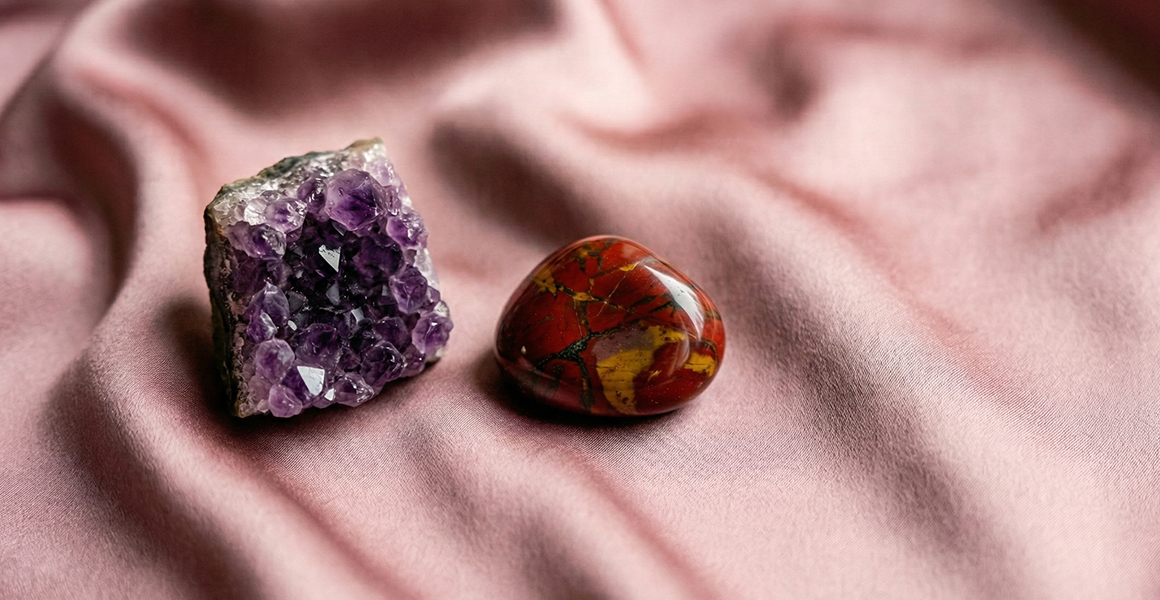Tanzanite is a striking blue-violet gemstone of the mineral zoisite. Belonging to the epidote mineral group, it has appeared in recent decades. As the youngest birthstone of December, Tanzanite is a unique gemstone known for its unusual coloration. Depending on the light, its hues shift between vivid violet and blue, casting an elusive enchantment over all who witness its mystifying transformations. Today, let us dive into the captivating world of this rare and charming gem.
Overview
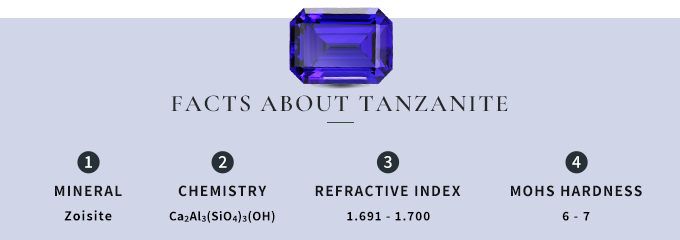
Tanzanite is a rare and unique blue-violet gemstone found near the town of Mererani in northern Tanzania. When exposed to different lighting conditions, it exhibits beautiful hues of blue, violet, and purple. Chemically, Tanzanite is a form of the calcium-aluminum silicate mineral zoisite. The specific arrangement of calcium, aluminum, and silica atoms in its structure allows light to refract in a way that produces Tanzanite’s well-known color variations. Since its discovery in 1967, it has become renowned worldwide for its distinctive color-changing beauty.
Origin
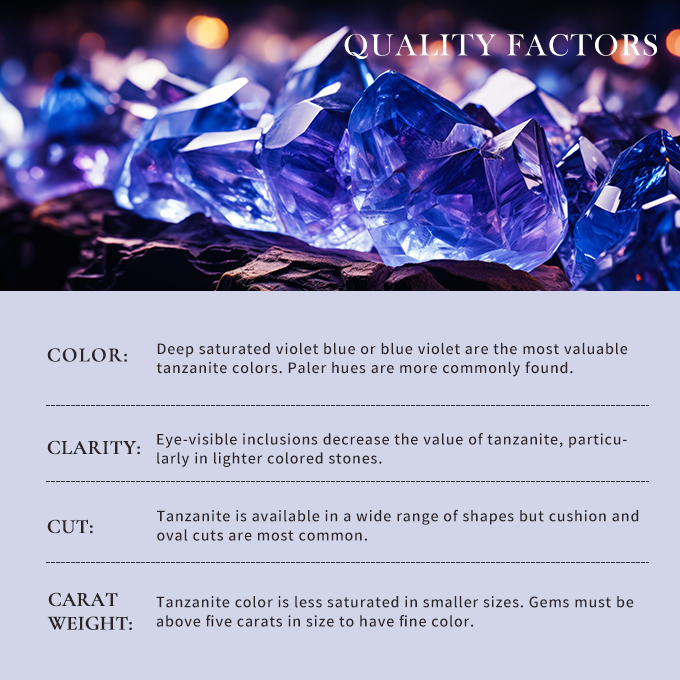
Tanzanite is only found in northern Tanzania’s Merelani Hills near Mererani town. Millions of years ago, alkaline volcanic intrusions occurred below ground in this region, leading to calcium-aluminum silicate minerals’ crystallization. Through the process of pseudomorphism, the chemical composition of some minerals is altered over time. Because of this transformation, they developed into the rare blue-violet gemstone known as Tanzanite. Moreover, this isolated locale remains the sole natural source of Tanzanite worldwide due to the unique geological conditions required for its formation.
History
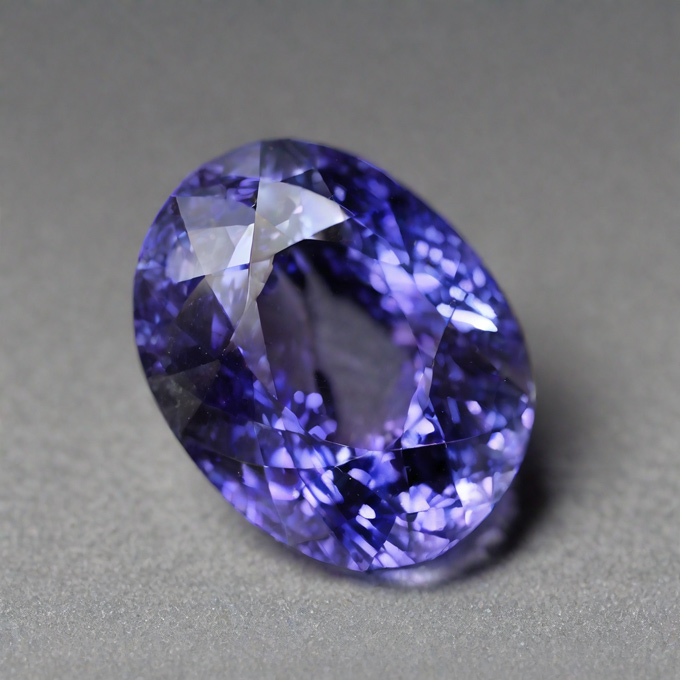
Tanzanite was only discovered in the late 1960s in the Merelani Hills of Tanzania. For hundreds of years, this rare blue-violet mineral lay undiscovered in the foothills of Mount Kilimanjaro. In 1967, Maasai livestock herders came upon unusual violet stones and brought them to authorities, sparking scientific inquiry. Studies revealed this was not merely a colorful rock, but a then-unknown mineral. They identified it as a new mineral and named it “Tanzanite” after its home country. Due to its distinct vibrant color and rarity, Tanzanite quickly gained global fame and became Tanzania’s most important gemstone for trade and revenue.
The Difference Between Tanzanite and Sapphire
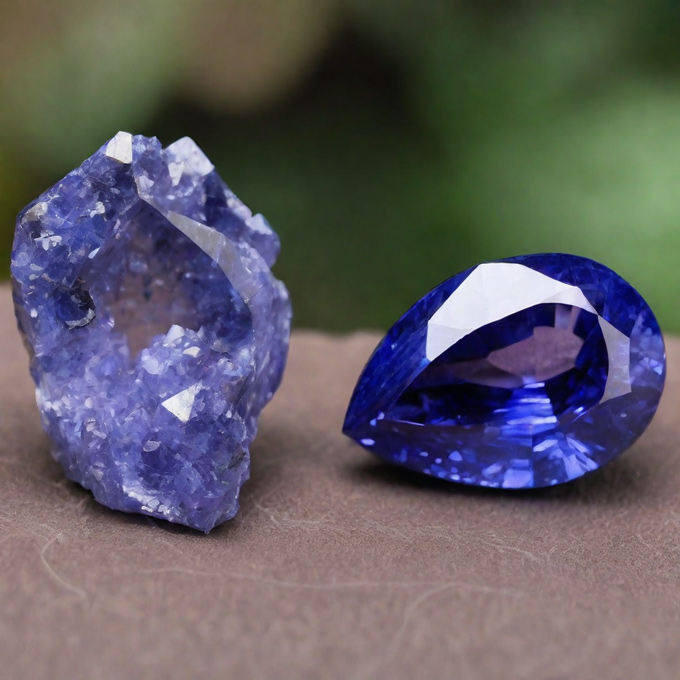
It was only discovered in 1967 and exhibits a unique blue-violet pleochroism that makes the color change depending on crystal orientation. This one-of-a-kind hue has made it a highly sought-after stone. Tanzanite ranks 7-7.5 on the Mohs hardness scale, giving it durability for jewelry, yet it can also withstand brief high heat up to 800°C without damage. Due to its exclusive color and restricted mining location, Tanzanite tends to be more expensive than other gemstones.
Sapphire is a corundum, consisting of pure aluminum oxide with trace amounts of other elements. It comes in a rainbow of colors, but the most renowned is a medium to deep blue. Sapphires rank a 9 on the Mohs hardness scale, making them exceptionally sturdy for jewelry. Sapphires can resist heat up to about 1800°C without consequence. Their durability and appearance have resulted in their widespread popularity and use in fine jewelry over centuries. While not as rare as Tanzanite, the most desirable hues of sapphire can still command high prices from collectors and investors.








